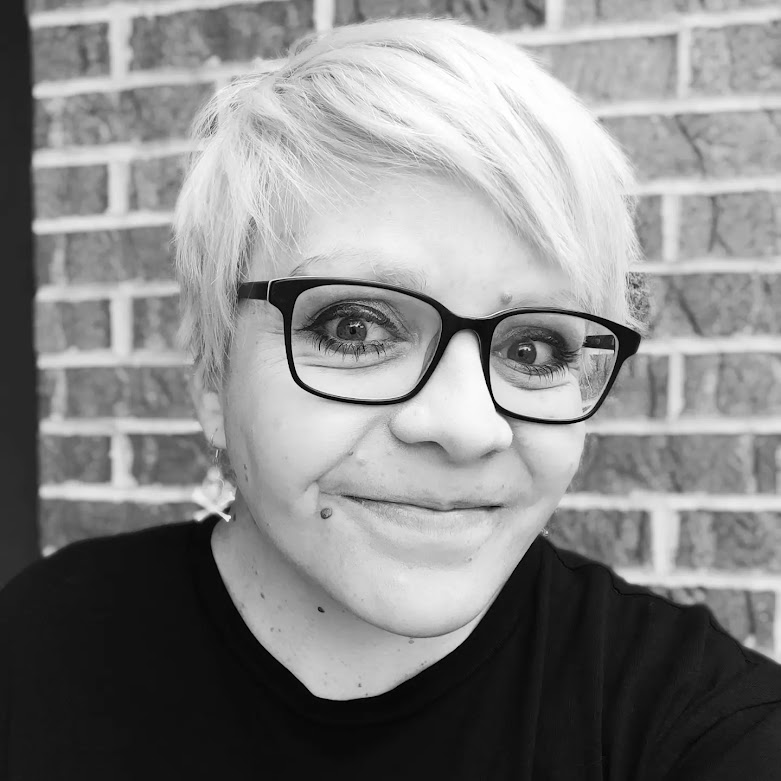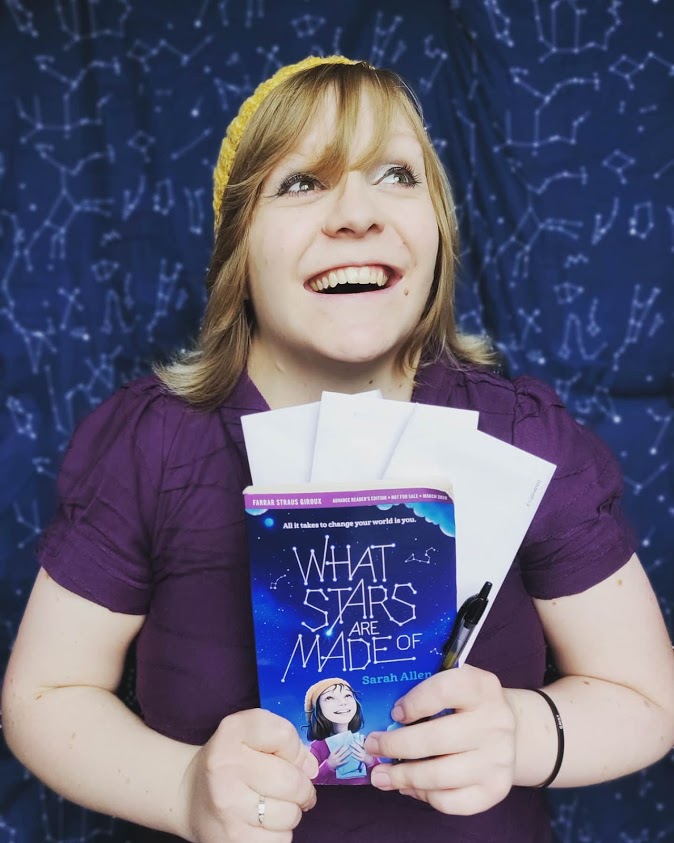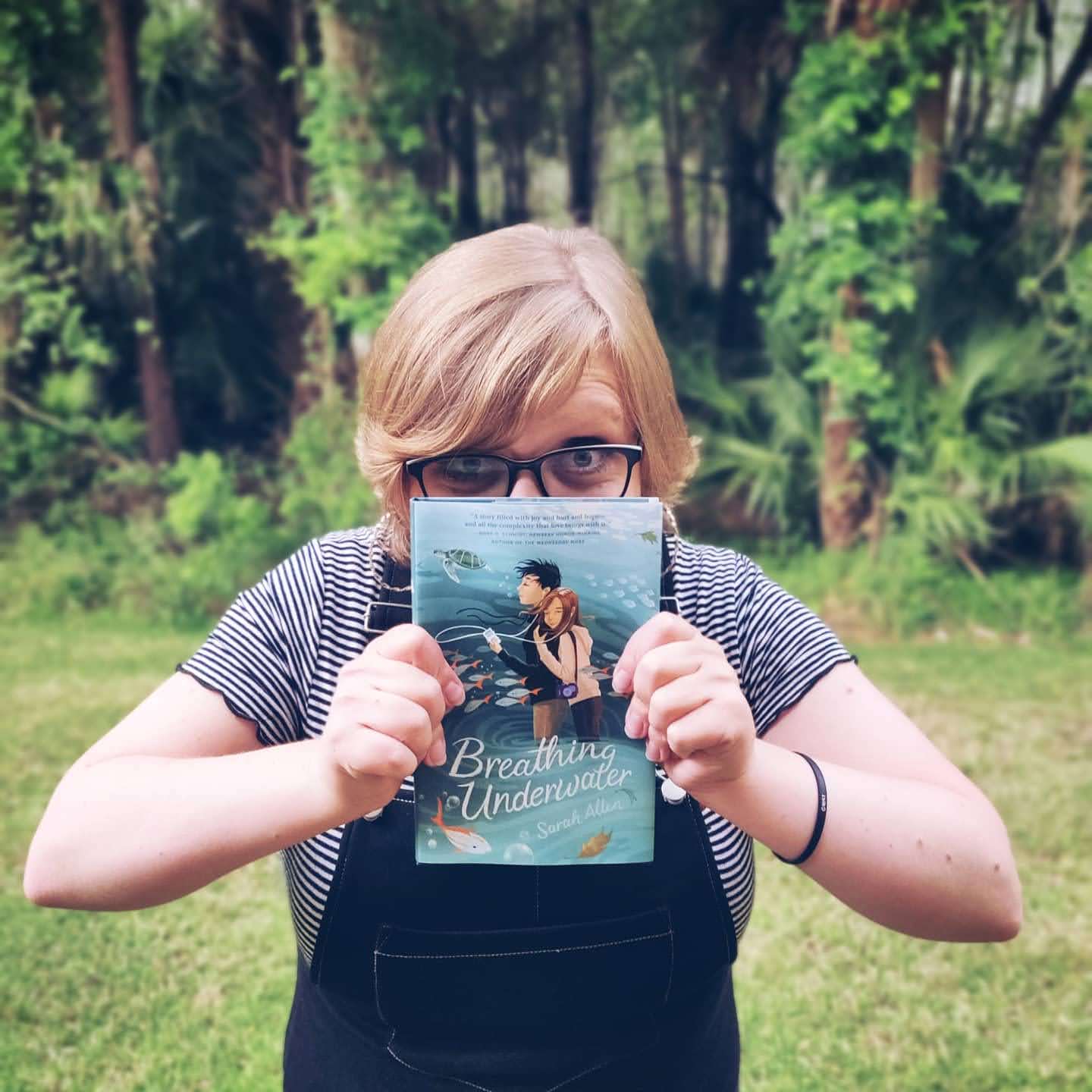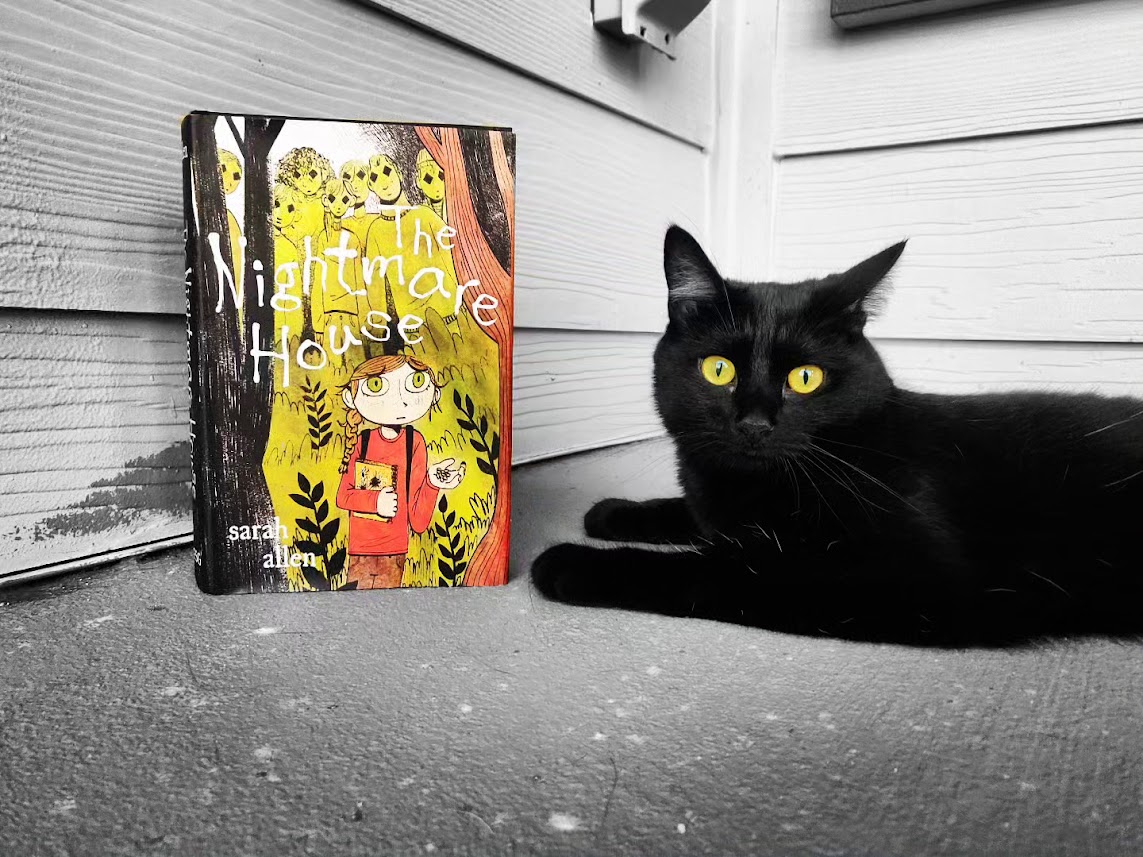Exploring Formats
I remember the moment when I realized that a book’s form could help me, rather than hinder.
At the time, I was working on my first book, What Stars Are Made Of (Macmillan, 2021). Well, Stars was my first published book, but I’d written several novels before that, and I was struggling. Struggling with form, specifically. The character’s voice was vivid and clear in my head, but every time I sat down to write, my notions of what a big, hefty chapter ought to look like felt heavy and overwhelming.
This had been my challenge with everything else I’d written, too. Even chapters had a bit of a beginning, middle, and ending, right? They needed to be full and fleshed out, didn’t they?
Then I read The Absolutely True Diary of a Part Time Indian by Sherman Alexie. That book broke something open for me. Some of his chapters were tiny—just character based, voicey sound-bites, diary entries, and doodles. That was exactly what I wanted Stars to look like!
Once I saw how expansive the idea of form really was, it felt like the playground had been unlocked. I could let the character lead the way, and let the emotion and voice dictate the shape on the page. I could have entire chapters that were just a few sentences long, if I wanted to! And I did.
Because I tend to need to prove things to myself, my next book, Breathing Underwater (Macmillan, 2022), was written in more regular chapters, just so I knew I could do it. And let me tell you… I had to rewrite that book nearly seventeen times before I could make it work, plus get help from beta readers and editors. But finally I wrangled that form into something I’m incredibly proud of.
But after that battle, I was ready to play again. I wanted to do something experimental, and the spooky story I was working on about a girl whose nightmares come to life seemed like a great for place for that experimentation.
The Nightmare House (Macmillan 2023) is written in both short chapters and in verse. Roughly every other chapter is a poem that the main character, Penny, has written in her notebook. Poems to fight the monsters that are getting closer and closer. I deliberately wanted to see what I could do with not just overall book form, but poetic form, and so Nightmare House has sonnets, haikus, abecedarians, concrete poems, free verse, limericks, and more.
I had never had so much fun writing a book.
Now, one of my favorite things is opening a book and seeing what the form looks like on the page. Some of my favorites are gorgeously illustrated books like A Monster Calls, verse novels like Ellie Terry’s Forget Me Not, and well-formatted tales from multiple POVs like The Inquisitor’s Tale. Maybe it’s film and TV-adjusted attention spans, but something about the images, the white space, and the fresh perspectives offered by these forms just make the pages feel extra welcoming. Like a promise that the journey through these pages will be anything but a slog—in fact, they’re a romp.
And now I’ve got to get back to work on my next book. This one is formatted in short chapters, some diary entries, some text messages, and from multiple POVs. It won’t be an easy mix of forms to wrangle, but I can’t wait to try.
Listen to a Meet-the-Author Recording for The Nightmare House
Hear a Meet-the-Author Recording for What Stars Are Made Of
Explore Sarah Allen’s author page on TeachingBooks
Text and images are courtesy of Sarah Allen and may not be used without express written consent.





Leave a Reply